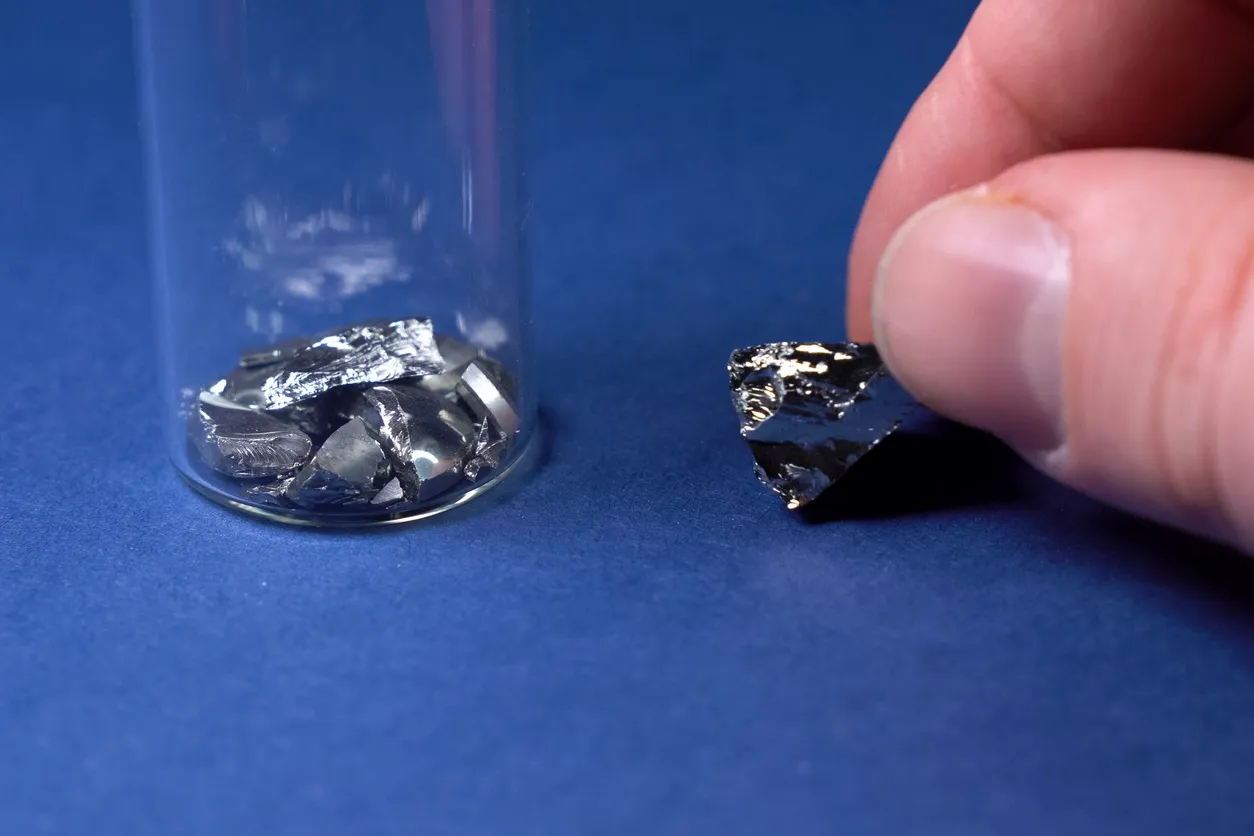

Gallium’s growing indispensability in high-tech sectors contrasts sharply with its fragile supply chain, raising urgent questions about sustainability. Currently, over 90% of gallium is recovered as a by-product of aluminum refining (bauxite processing) and zinc smelting, tying its production to industries with independent market drivers. This dependency creates inherent volatility: gallium supply cannot easily scale independently, even as demand surges for GaAs (5G networks, satellites) and GaN (electric vehicles, renewable energy systems). China dominates global production (80–95%), amplifying geopolitical risks, as seen in recent export restrictions on critical minerals. Meanwhile, recycling rates remain negligible (<1%), and substitutions for gallium in advanced electronics are limited, cementing its "critical" status.
Gallium, a critical metal used in semiconductors, LEDs, solar panels, and radar systems, has seen a dramatic shift in availability due to geopolitical and market factors. China, which accounted for 98% of global gallium production in 2023, imposed export restrictions on the metal in August 2023. These restrictions have continued to disrupt global trade, leading to significant price volatility.
On December 13, 2024, Bloomberg reported that gallium prices surged to their highest level since 2011, reaching $595 per kilogram, a 17% increase from just two days earlier. The price spike followed China’s decision to block exports of several niche metals to the U.S., further escalating trade tensions. Since China’s initial export controls, gallium prices have more than doubled, impacting supply chains and increasing costs for industries reliant on the metal.
In response to China's dominance over gallium production and its recent export bans, Western nations are taking steps to establish independent supply chains. One major development is Metlen Energy & Metals SA’s €296 million investment in the European Union’s first gallium production facility. This project, integrated with bauxite mining and alumina processing in central Greece, aims to reduce Europe’s reliance on Chinese gallium imports.
Metlen’s facility is expected to ramp up production significantly, with a goal of producing 50 metric tonnes of gallium annually. The project is set to start bauxite production in 2026, with alumina and gallium output beginning in 2027 and reaching full-scale operation by 2028. This initiative aligns with the European Union’s push for self-sufficiency in critical raw materials and has received the EU’s sovereignty seal for its strategic importance.
Gallium plays a crucial role in modern electronics, primarily due to its unique properties. One of its most significant uses is in gallium arsenide (GaAs), which is widely utilized in semiconductors, particularly for high-speed and high-frequency applications. Additionally, gallium nitride (GaN) is essential for various technologies, including mobile phones, LEDs, Blu-ray technology, and power electronics, thanks to its impressive efficiency and durability. Beyond these applications, gallium is also employed in specialized temperature measurement devices and low-melting alloys, highlighting its versatility in different fields.
As we look to the future, the availability of gallium may be influenced by ongoing export restrictions from China and the rising demand for advanced technologies. The European Union's investment in gallium production signifies an important step toward diversifying the supply chain, yet challenges persist in achieving full independence from Chinese exports. Consequently, the market for gallium is expected to remain volatile in the coming years, shaped by geopolitical tensions and the ongoing realignment of global supply chains.